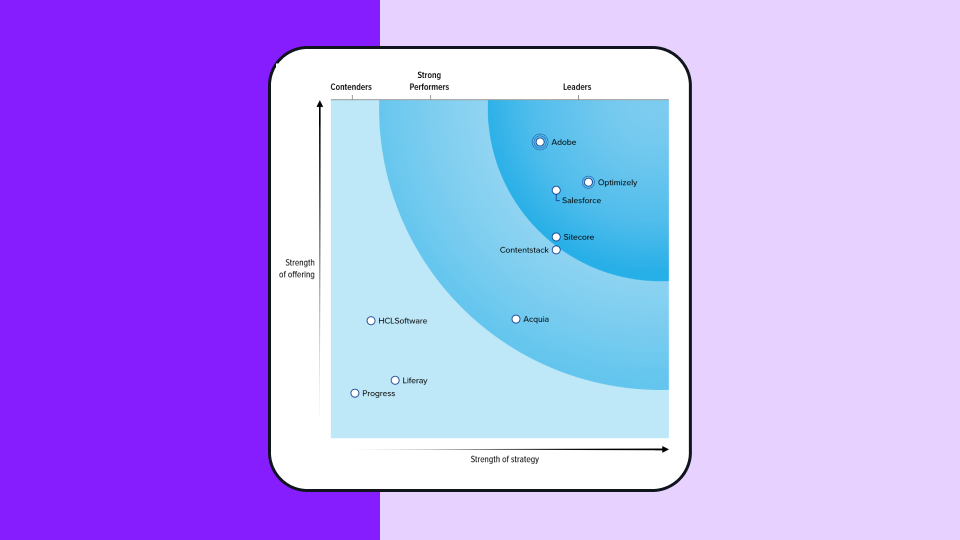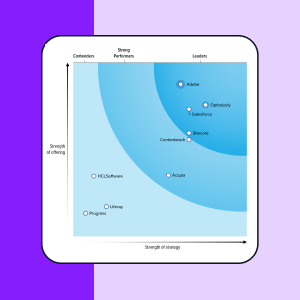Product adoption rate
What is product adoption rate?
Product adoption rate measures the percentage of new users who become active users of a product's core features within a specific timeframe. For SaaS and digital products, this metric determines the gap between user acquisition and actual business value creation.
Product adoption rate formula: (Number of users actively using core features ÷ Total number of new users) × 100
Most products see a significant drop-off between sign-ups and sustained usage. A typical scenario: 1,000 users sign up, 900 complete activation. However, only 70 become regular adopters of core functionality.
How to calculate product adoption rate
Define your product's core value-driving features first. These are the capabilities that users must engage with to receive meaningful benefits from your product.
Examples:
- Marketing automation: Users who create campaigns and set up workflows
- Project management: Users who create projects, assign tasks, and track progress
- Analytics platform: Users who build reports and share insights with teams
Track adoption over 30, 60, or 90-day periods post-signup. Segment by user type, acquisition channel, and customer size to identify patterns.
For accurate feature management, distinguish between feature trial (one-time usage) and feature adoption (repeated, sustained engagement).
Product adoption vs. activation vs. engagement
Here's the difference between the three:
- Activation: Completing initial setup steps like account verification or profile creation
- Engagement: Any interaction with the product interface or features
- Adoption: Regular, sustained usage of features that deliver core product value
A user activates by uploading their first document, engages by browsing features, but only adopts when they consistently create, edit, and share documents as part of their workflow.
This progression matters for SaaS revenue prediction. Activated users may churn quickly, engaged users show interest, but adopted users drive subscription renewals and expansion.
Why product adoption rate matters for digital businesses
Product adoption directly impacts customer lifetime value, churn reduction, and expansion revenue. Users who adopt core features typically generate twice or thrice as much revenue as those who remain in trial-like usage patterns.
For subscription businesses, adoption serves as a leading indicator of retention. Customers who integrate your product into daily workflows face higher switching costs and show stronger renewal likelihood.
Low adoption rates signal product-market fit issues, onboarding problems, or feature discoverability challenges that threaten long-term growth.
Key product adoption metrics
Five metrics to keep in mind:
- Time to value: Days from signup to first meaningful feature usage
- Feature adoption rate: Percentage of users engaging with specific capabilities
- Adoption depth: Number of core features each user regularly employs
- Stickiness ratio: Daily active users divided by monthly active users
- Cohort adoption curves: How adoption rates change across user segments over time
Track these metrics across customer segments, acquisition channels, and product areas to identify optimization opportunities.
Drivers of product adoption
Everything you need to increase product adoption at your company:
- Onboarding experience: The critical first impression that determines whether users discover and engage with core features. Effective onboarding shows value quickly while guiding users through essential workflows.
- Product value proposition clarity: Users must understand how features solve their specific problems. Vague benefits lead to exploration without adoption.
- User experience design: Intuitive interfaces reduce friction between intent and action. Complex navigation or unclear feature access blocks adoption regardless of functionality value.
- Feature discoverability: Core capabilities must be visible and accessible when users need them. Hidden features don't get adopted.
- Customer success support: Proactive guidance during early usage periods increases adoption likelihood through personalized recommendations and usage coaching.
Optimizing product adoption with experimentation analytics
Experimentation combined with warehouse-native analytics gives you the key insights you need to push your business forward.
Experimentation opportunities:
- Onboarding sequence variations to test time-to-value optimization
- Feature introduction, timing, and messaging approaches
- User interface changes that improve feature discoverability
- Personalized guidance based on user attributes and behavior patterns
Feature flags enable gradual rollouts of adoption-focused improvements, allowing measurement of impact before full deployment.
Further, you can use analytics to improve product adoption. Product analytics platforms provide visibility into user behavior patterns that drive adoption decisions. Track where users drop off in feature adoption flows and identify interface barriers to engagement.
Key capabilities:
- User journey mapping from signup to feature adoption
- Cohort analysis showing adoption rates across customer segments
- Feature usage correlation with retention and expansion metrics
- Real-time adoption tracking for immediate optimization feedback
Customer journey analytics connect product usage with broader customer lifecycle stages, revealing how adoption influences subscription renewals and account growth.
How can you improve product adoption?
You start with by having a personalization strategy. Targeted in-app messaging and guidance increase feature adoption by delivering relevant suggestions at optimal moments. Personalization engines analyze user attributes, behavior patterns, and usage context to recommend specific features.
- Role-based feature recommendations during onboarding
- Usage pattern analysis to suggest complementary capabilities
- Contextual tooltips and guidance based on the current workflow
- Behavioral triggers that prompt feature exploration at natural moments
Further, here's what you can do:
- Progressive disclosure: Introduce features gradually rather than overwhelming users with complete functionality upfront. Stage feature introduction based on user maturity and demonstrated value realization.
- Milestone-based guidance: Celebrate user achievements and suggest next steps when users reach adoption thresholds. This reinforces positive usage patterns while encouraging deeper engagement.
- Contextual education: Provide tutorials and guidance within the product interface rather than external documentation. Just-in-time learning reduces friction to feature trial and adoption.
- Usage analytics feedback: Product usage analytics show users their progress and achievements within the product. Data visualization of personal usage patterns encourages continued engagement.
Industry benchmarks and performance standards
Adoption rates vary by product complexity and market maturity.
Enterprise software typically sees lower initial adoption due to longer learning curves, while consumer-focused tools achieve faster engagement.
HR and productivity tools generally achieve higher adoption rates due to daily workflow integration. Financial and compliance software averages lower adoption due to periodic usage patterns.
Companies with strong product-led growth strategies typically achieve adoption rates higher than those relying primarily on sales-driven customer acquisition.
Product adoption's impact on customer success
Customer Success teams use adoption data to prioritize outreach, identify expansion opportunities, and prevent churn before it occurs. Users showing declining adoption patterns receive proactive support to restore engagement.
Customer success adoption strategies:
- Onboarding completion tracking with personalized follow-up
- Feature usage monitoring to identify success coaching opportunities
- Adoption milestone celebrations that reinforce positive behaviors
- Expansion conversations triggered by high adoption indicators
Measuring success: From adoption to business outcomes
Connect adoption metrics with business results to demonstrate product optimization impact. Track how adoption improvements influence customer lifetime value, net revenue retention, and organic growth rates.
Modern platforms like Optimizely Analytics enable this connection by unifying product usage data with customer relationship and revenue information. This complete view reveals which adoption improvements drive meaningful business growth rather than vanity metrics.
Product teams can explore adoption trends, test improvement hypotheses, and measure results without waiting for analyst support or data export processes.

